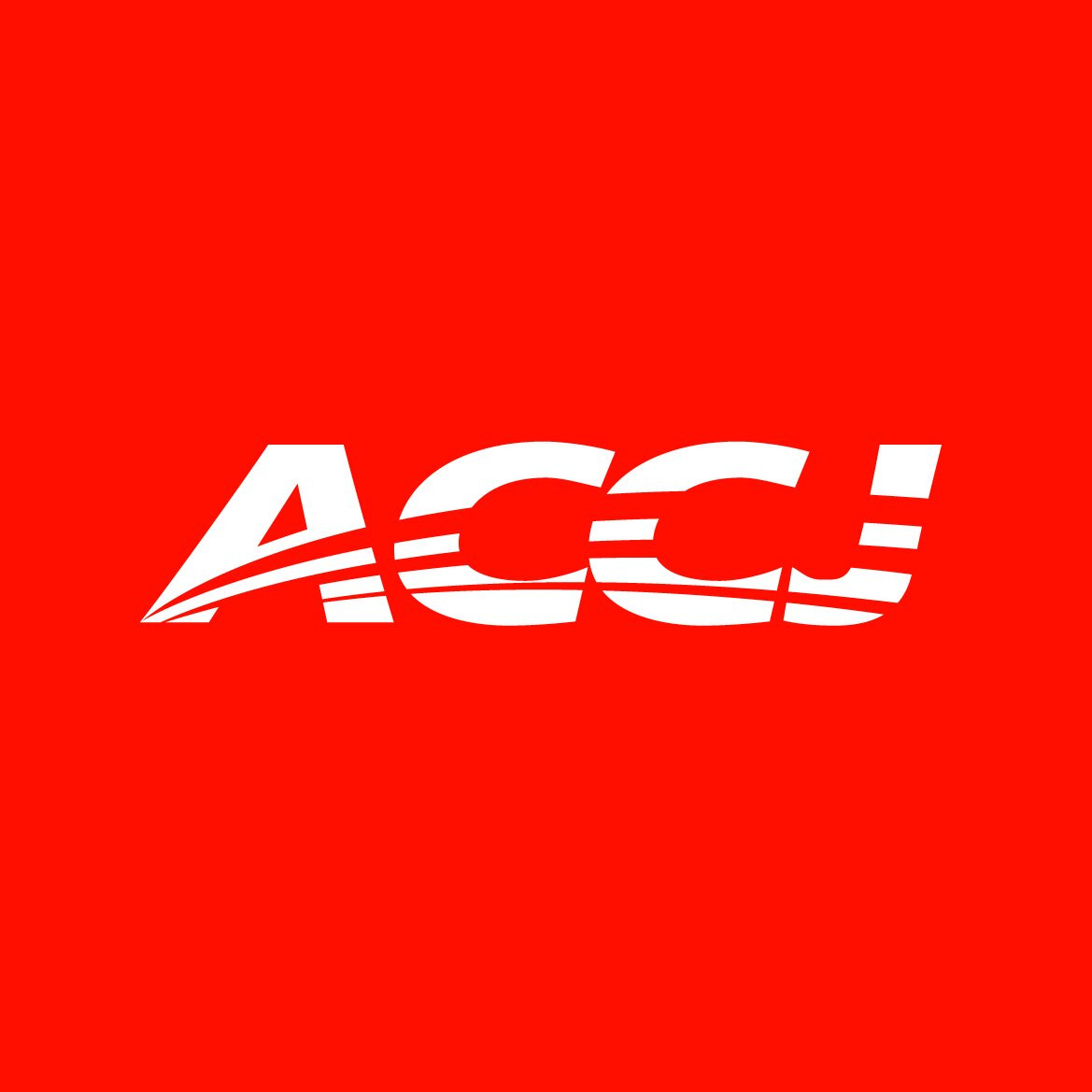The Global State of Customer Centricity in Pharma
Recognizing a gap in assessments of pharmaceutical companies’ performance, Trilations convened a global study on the role and importance of customer centricity. Trilations CEO Johan Vermeiren and Joeri De Haes, Director Japan & Asia-Pacific, shared their findings and analyses in this illuminating webinar. The study is also available free of charge; request your copy here.
Trilations sought to measure two elements in their global initiative:
· How customer-centric are pharmaceutical companies?
· What is the impact of customer centricity on company performance? Does it improve market performance?
Four fundamental challenges:
· Finding the right balance between physician centricity and patient centricity
· Optimize engagement with key opinion leaders (KOLS) through customer centricity
· Convincing external stakeholders of value offered to patients and physicians
· How to translate a centricity mindset into reality towards patients and physicians
Contours of the study:
· Primary goals were to position companies and to glean macro insights, not attribute-level detail
· Captured five major markets: EMEA G5, USA, Brazil, China, Japan
· Looked at the following specialties: immunology, hematology/oncology, dermatology, rheumatology, and gastroenterology
The research focused on the two most important stakeholders in the pharmaceutical market: physicians and patients.
· Customer centricity is defined as the combination of physician centricity and patient centricity.
Key insights on customer centricity in the pharmaceutical context:
· Customer centricity has a significant impact on patient share (the number of patients that a physician puts on your brand), a key performance indicator of the company.
· The results show that you can increase your patient share by becoming more physician- or patient-centric; however, you can double your patient share by being both physician- and patient-centric.
· It is best to sequence patient-centric measures first, followed by patient-centric actions to maximize potential gains in patient share.
· The positive impact is evident in every market and specialty area, but the rates vary.
Company performance on customer centricity
Immunology:
· In Japan, the top three customer-centric companies based on the percentage of physician respondents: Maruho (14%), Abbvie (12%), Takeda (10%)
· In the global market, Abbvie and Takeda rank in the top seven.
· There is no one clear winner, since immunology is a crowded market with lots of competition.
· Although we found that there is a correlation between patient and physician centricity, it is possible to be perceived as one but not the other.
· Other essential concepts linked to customer centricity: clinical trial recommendation, treatment portfolio recommendation, and best company interaction.
o Clinical trial recommendation is the extent to which physicians are willing to recommend a certain company to perform clinical trials.
o Treatment portfolio recommendation focuses not on individual brands but rather on the portfolios offered by companies.
o Best company interaction captures the quantity and quality of physician sentiment on company relationships.
o We discovered that high scores in clinical trial or treatment portfolio recommendations do not necessarily translate to high marks in customer centricity. It is possible to compensate for the strength of your portfolio with a strong performance in customer centricity and innovation.
o Comparatively, best company interaction rankings correlate closely with customer centricity. The analysis shows that the quantity and quality of interactions can diverge, suggesting other components are influential such as established relationships, trust, and innovation.
Hematology/Oncology:
· In Japan, the top three customer-centric companies based on the percentage of physician respondents: Chugai (28%), BMS/Celgene (14%), Janssen (11%)
· In the global market, BMS/Celgene and Janssen rank in the top seven.
· These specialties mirror the same conclusions found in clinical trial and treatment portfolio recommendations and best company interaction.
Global pharma companies take on a significant position in the Japanese market when it comes to customer centricity. We also saw that Japanese companies were often leading in the Japanese market.
Entering a new normal: two salient observations in Japan
· There is a greater preference for digital interactions and a decreasing preference for face-to-face contact. The desire for digital channels has steeply increased throughout the pandemic, and we expect that trend to continue.
· Lately, there is a growing appetite to retrieve information from pull digital channels (e.g., social media, webportal, webinars, scientific websites for HCPs) and a consequent willingness to expand these channels. This phenomenon is occurring in Japan but not in other countries. Prior to and early in the lockdown, physicians tended to use push channels (e.g., sales representative, newsletters, emails) to disseminate information.
If you would like to deep-dive into the Trilations data, don’t hesitate to contact:

